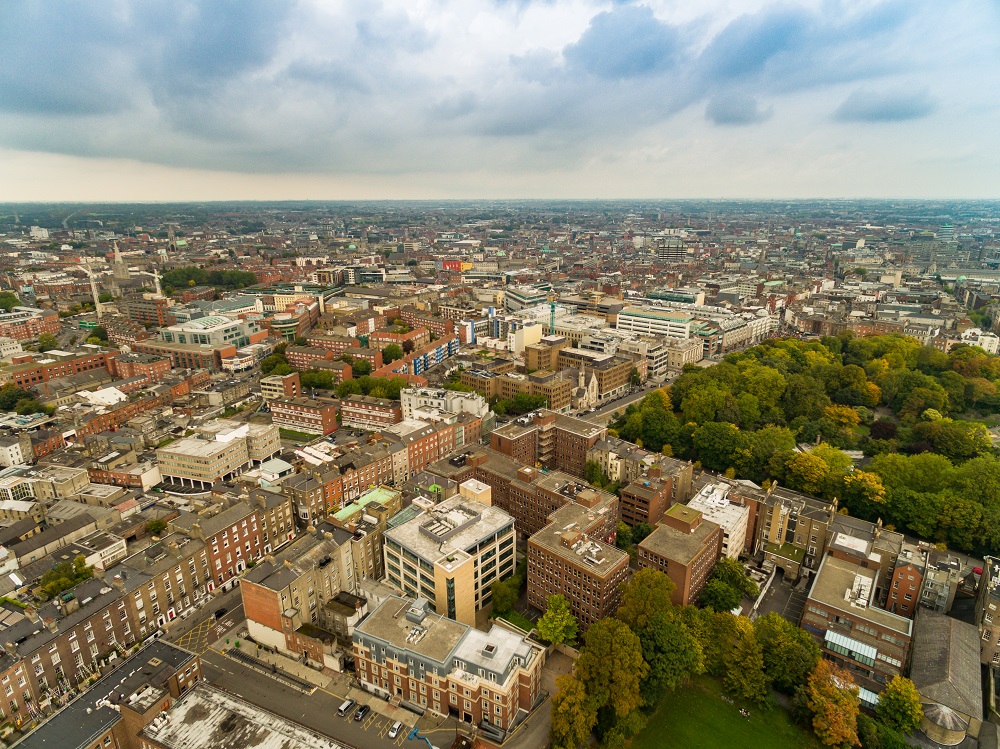Strong economic growth and jobs forecasted

Irish business group Ibec has forecast economic growth for the next two years, and more jobs for the economy.
In its latest Quarterly Economic Outlook the business organisation predicted growth rates of 4.2% for 2017 and 3.2% in 2018 for the Irish economy.
The group said a strong labour market, in particular, will underpin buoyancy in 
Ibec said the impact on exports will be particularly challenging for the regions, with some counties five times more reliant on Brexit exposed industries than Dublin.
Ibec’s Head of Tax and Fiscal Policy Gerard Brady said: “The Irish economy is now in a strong position with forecasts showing the pace of employment growth will run above 3% this year for the first time since 2007. All indicators suggest that the labour market is now tightening rapidly and weathering any Brexit uncertainty well.
“The business substance within the private sector is driving this growth with business employment, excluding in the agriculture sector and the self-employed, up by 5.2% in Q1. We expect unemployment will be below 6% by the end of the year.
“Despite this, there are serious downside risks on the horizon. Following a fall last year, indigenous exports to the UK have recovered some lost ground in the first half of 2017. But there will be increased volatility as the year goes on, with sterling depreciating once more since the UK election. No matter what the outcome, Brexit will hurt both our indigenous exporters and rural regions disproportionately. Budget 2018 must include measures to protect these vulnerable sectors.
“Our analysis shows that around 243,000 workers, or 13.2% of the employed population, work in the most Brexit exposed sectors such as agri-food and beverages, tourism, transport and traditional manufacturing. The counties with the highest exposure to a ‘hard Brexit’ are Cavan (28%), Monaghan (27%), Kerry (22%) and Longford (21%) with over one in five workers in each of those counties employed in exposed sectors. Meanwhile exposure is lowest, as expected, in urban areas. The least exposed counties include Cork and Galway cities along with the four Dublin local authorities and their surrounding counties.
“The good news is we are facing these challenges from a position of strength due to the strong substance behind our business model. Budget 2018 must ensure decisive policy action to improve competitiveness and adopt measures to prepare our indigenous enterprise base.
“We should also be making sure a clear pipeline of infrastructure projects, underpinned by the National Planning Framework, is ready to support regional competitiveness in the event of a hard Brexit. Dublin will also need adequate supporting infrastructure in public transport and housing over the coming years if we are to take full advantage of any investment opportunities arising from Brexit.”







